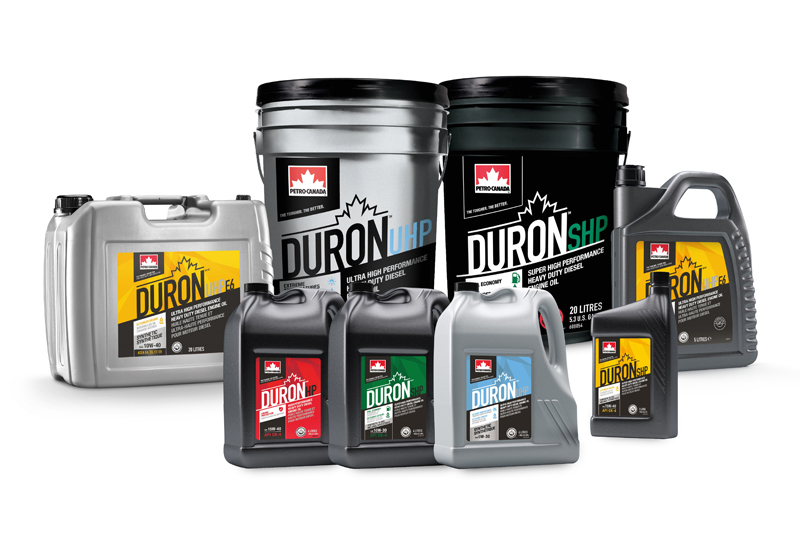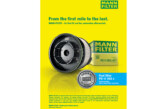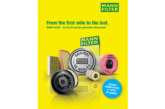Karl Rudman, Business Development Manager at Petro-Canada Lubricants Europe, sets out the five essential steps to choosing an engine oil.
Fleets operate under extreme pressure with hauls required to be on time, so it’s vital that vehicles operate with efficiency and reliability. For this reason, choosing the correct lubricant to protect the inner workings of the engine is essential in preventing wear that can lead to unplanned maintenance and breakdowns. When selecting heavy-duty engine oil for your fleet, we suggest starting with these five simple steps:
1. Consult the Original Equipment Manufacturer (OEM) vehicle manual – or contact directly for advice
Review the conditions the fleet works in and consider where the fleet operates. The temperature range in which lubricants can perform is denoted by its Society of Automotive Engineers (SAE) grade. For example, the ‘W’ following the SAE viscosity grade stands for ‘winter’, which means the oil can provide vital engine protection in colder temperatures.
2. Determine the viscosity of the oil needed
This dictates the oil’s ability to flow and move around the engine. If the oil’s viscosity is too high in cold conditions, it may resist movement, and delay the lubrication and protection of engine components, which results in increased engine wear.
3. Explore synthetic vs non-synthetic oil benefits
Full synthetic and synthetic blend engine oils offer better stability than conventional oils and improved performance in varied weather conditions. Full synthetic oils have superior formulation components, so they typically provide a greater level of performance due to their unique and performance- enhancing additives.

4. Look for proof of performance
Engine oils must meet strict global regulations, such as Euro VI, ACEA or North American API CK-4/FA-4, and proof of these certifications alongside an OEM approval is crucial. Testimonials and case studies are also valuable proof of in-service use, as is manufacturer testing results. For example, Petro-Canada Lubricants put its Duron product through rigorous and comprehensive testing at the Millbrook Proving Ground in Bedford to demonstrate how effective it is. Assessed within a controlled environment to reflect real world use, Duron UHP E6 5W-30 was found to offer up to a 2.34% improvement in fuel efficiency and emissions.
5. Seek a lubricant manufacturer’s expert support
Manufacturers invest in significant testing for their product lines so that they can provide invaluable and informed recommendations for a fleet, so it’s important to make use of this resource.
The wrong lubricant choice can have a significant impact on the rate of engine wear, performance and the condition of a vehicle. By seeking professional recommendations throughout the process of selecting engine oil, a lubricant can be chosen that can help prevent unnecessary downtime and help improve fuel efficiency.










